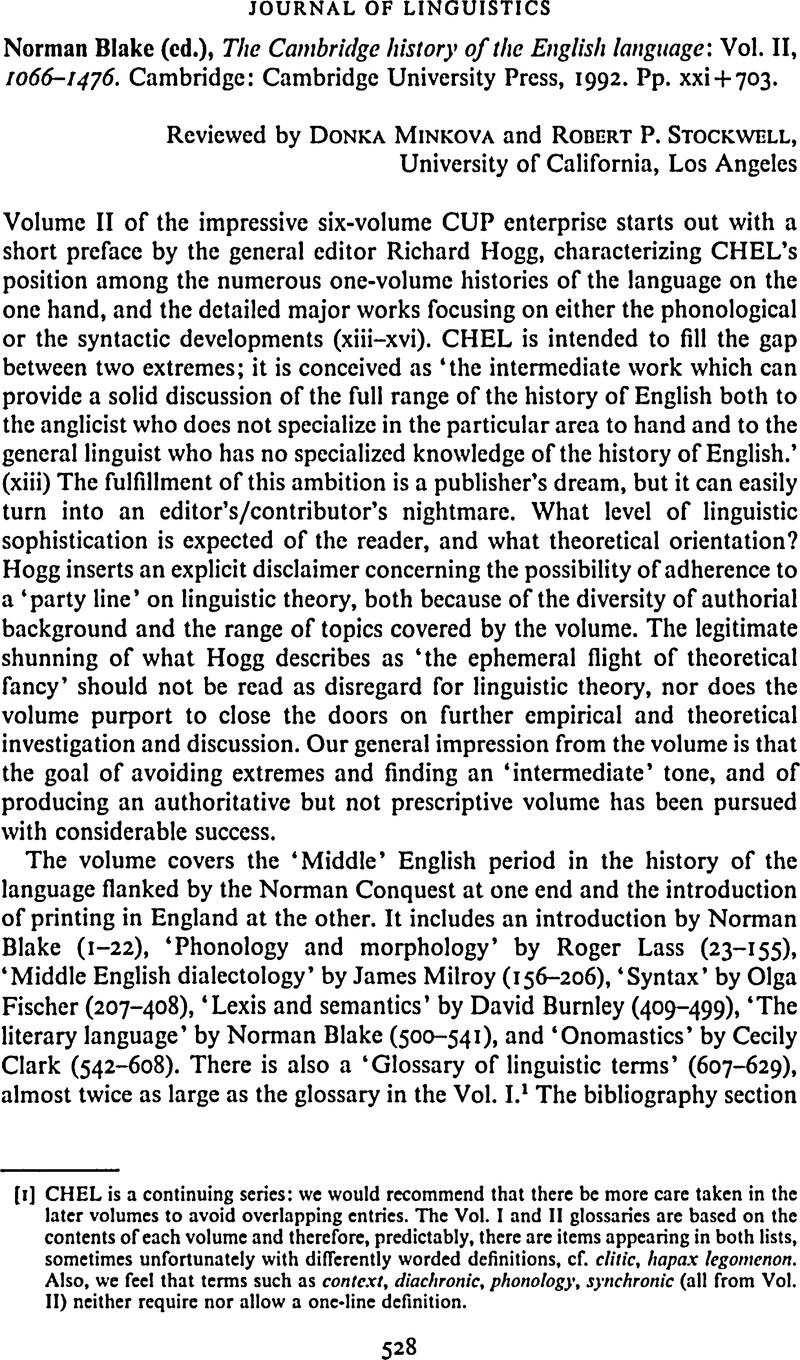Crossref Citations
This article has been cited by the following publications. This list is generated based on data provided by Crossref.
Minkova, Donka
2001.
The Cambridge History of the English Language: Vol. III—1476 to 1776.
Journal of English Linguistics,
Vol. 29,
Issue. 1,
p.
83.
Stockwell, Robert P.
2002.
Sounds and Systems.
p.
121.



